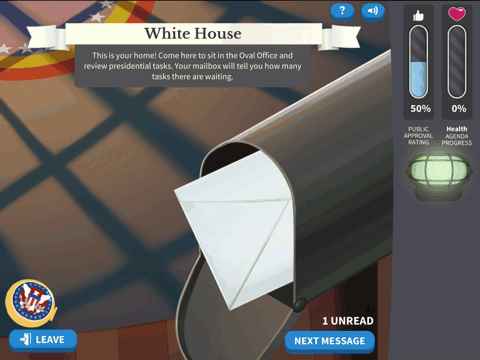Three Digital Learning Tools That Showcase Technology’s Potential
Date
Qualities of strong online learning transcend K-12 Education. Whether it’s a 10-year-old or an 80-year-old in the learner’s desk, principles of online learning remain the same.
With 2020 venture capital investments in education technology reaching nearly double their 2018 level, one thing is certain: we are awash with ideas and products that aim to revolutionize the way all humans—not just students—learn. However, which of these ideas will stick and have meaningful impact, and which will simply be a quick flash in the pan?
In a recent post, I shared some of my core beliefs about online learning. Whether it’s a 10-year-old or an 80-year-old in the learner’s desk, principles of online learning remain the same:
Engage the learner in the “doing.”
Prioritize communication and collaboration.
Present high-quality, relevant content.
Easy, right? Here are three apps that I feel exemplify the potential for digital products to improve the learning experience.
#1 Duolingo: This popular language app’s focus on user experience keeps the learner at the center of the content.
While obviously not the first of its kind, this language learning app has made a difference for me. I lived in China from 2003 to 2008, and by the end of my time on the other side of the Pacific, I was fairly fluent in spoken Chinese. It has pained me to see my fluency diminish steadily. Since creating a Duolingo account in November, I’ve been spending a daily 15-30 minutes refreshing.
In Duolingo, you learn through your mistakes. Listening, written, and spoken exercises gradually introduce new words while reviewing old words. While I’m skeptical of gamification in general, Duolingo’s subtle nudges including limited hearts in the free version, gems, streaks, and leaderboards keep me going. I’m obviously invested and interested in learning Chinese; however, the app makes daily studying of Chinese more than painless—it’s fun. It's clearly a far cry from full immersion, but it feels more natural to me than language class ever did in high school.
How could other products learn from Duolingo? Check out this fascinating twitter thread about their strategy for product-led growth, in particular their focus on A/B testing.
Bottom line? Duolingo makes language practice simple, fun, and effective by placing the learning in the driver’s seat.

#2 NRICH Project: While the UI isn’t flashy, the high-quality content shines and encourages meaningful math thinking and discourse.
NRICH, part of the Millenium Mathematics Project, presents open-ended tasks for students of all ages that encourage deep mathematical thinking. Each task is designed with a low floor and high ceiling and comes with suggestions for getting started as well as additional information for educators.
While the math website is definitely not pulling any venture capital dollars or creating flashy games, the high-quality content, derived from a collaboration between mathematics and education faculty at the University of Cambridge, allows math learning to take center stage.
While most tasks are just that, some include interactives that are simple, yet powerful.
For example, the Factors and Multiples Game offers a flexible digital game mat for making number chains. Playing competitively kept my children and their friends busy with multiplying dividing, and strategy for an afternoon. Playing collaboratively to see how long of a chain can be made is an ongoing project in our family. What’s more, NRICH collects and posts student thinking. Just look all the great contributions from the field about the Factors and Multiple game!
Bottom line? The content is rich, giving learners a surplus of opportunities to grapple with about mathematics

[My kids at work, alongside their longest chain...so far.]
#3 iCivics: Sorely needed, our whole populace would benefit from this accessible civics refresher.
iCivics, the non-profit founded by Justice Sandra Day O’Connor, believes that “civic knowledge is a prerequisite to civic participation.” iCivic’s medium of instruction is a set of 10+ free and engaging experiential games that cover everything from constitutional rights to fact-based media to county politics.
I watched my daughter play Executive Command, where the player assumes the role of president and tries to manage the gamut of decisions in a 4-year term. In her first attempt, her approval rating plummeted to 28%; she lost allies overseas to settle international disputes; and her agenda remained half-finished. Her next attempt, initiated on her own, was much more successful due to a better understanding of the roles and responsibilities of the president.
Given our current political environment, iCivic’s work has never been more important. And while many of us learned this at one point, adults’ political science knowledge may have fallen by the wayside. Adults in general and teachers specifically can find lesson plans to support learning as well as resources on how to respond to current events like this blog on the capitol insurrection.
Bottom line? The unavoidable relevance of the material—as well as the experiential learning modality—heightens a learner’s buy-in

If you, like all of us at Clarity Innovations, are a fervent advocate for technology to disrupt education, these are exciting times. In the past year, unconventional learning environments were the norm, not the anomaly. The mass experiment so many of us in education technology have long desired is finally underway. I’m on the edge of my seat, waiting to see what learning tools rise to the top.

